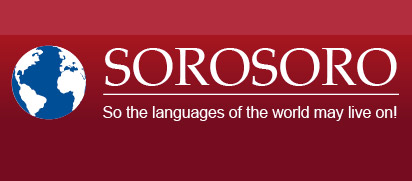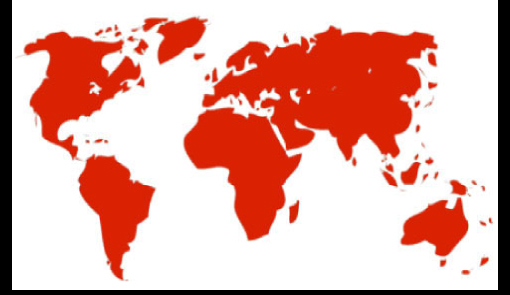Print  |
|

Turkic Languages
Information about the Turkic languages
Where are the Turkic languages spoken?
These languages are spoken in a vast geographical area ranging from Eastern Europe and the Mediterranean to northeastern Siberia and western China.
A map of the Turkic languages is available on the website of the University of Frankfurt
http://titus.fkidg1.uni-frankfurt.de/didact/karten/turk/turklm.htm
Total number of speakers (estimated):
Approximately 180 000 000 according to ethnologue.com (SIL)
Classification
The Turkic language family consists of 39 languages.
Southern Common Turkic or Oghuz languages
Western Oghuz Branch
Azeri
Turkish
Gagauz
Balkan Gagauz
Eastern Oghuz Branch
Khorasani Turkish
Turkmen
Southern Oghuz Branch
Afshar
Qashqai (alternate name: Kachkai) (dialect Cluster)
Salar
Northwestern Turkic or Kipchak languages
Western Kipchak or Ponto-Caspian branch
Karaim
Karachay-Balkar
Krymchaks
Kumak
Crimean Tatar-Urum
Northern Kipchak or Ural-Caspian branch
Bashkir
Kazan Tatar
Siberian Tatar
Southern Kipchak Branch
Kazakh
Kara-Kalpak
Uzbek Kipchak
Kirgiz (alternate spelling: Kyrgyz)
Nogay
Northeastern Turkic or Siberian languages
Northern Siberian Branch
Dolgan
Sakha (alternate name: Yakut)
Southern Siberian Branch
Southern Altai
Northern Altai
Chulym
Sayan Turkic
Tofa
Tuvan (alternate name: Soyot)
Yenissei Turkic
Fuyu Girgis
Khakas
Shor (alternate name: Qizil)
Southeastern Turkic or Uyghur Languages
Uzbek
Eastern Branch
Lli Turki
Uyghur
Sari-yughur
Salar
Oghour Languages
Chuvash
Isolate:
Khalaj
Comments on the classification of Turkic languages:
This family is often presented as part of the super-Altaic family. The three main branches of this proposed family are: the Turkish family, the Tungus family, and the Mongolian family. But the existence and the exact delineation of the Altaic languages is an object of debate in the linguistic community. Particularly the question of whether the similarities between the three branches originate from a common proto-language (mother language) in which case they would indeed represent a linguistic family, or whether these similarities are due to exchange interactions between languages due to their geographical proximity. In the latter case they would be considered to be three independent families.
We do not attempt to settle this ongoing debate between “pro-Altaic” and “anti-Altaic”. We have chosen to present them separately here only for the sake of “prudence” and without taking a position in the debate. This classification could therefore evolve if and when it can be shown with a high degree of certainty that these languages are related. In the same manner, we have also chosen to separate the Japanese and Korean languages which are also sometimes considered to be part of the Altaic languages.
Are Turkic languages in danger?
This section will be developed later.
Sources:
Please do not hesitate to contact us should you have more information on this language: contact@sorosoro.org








